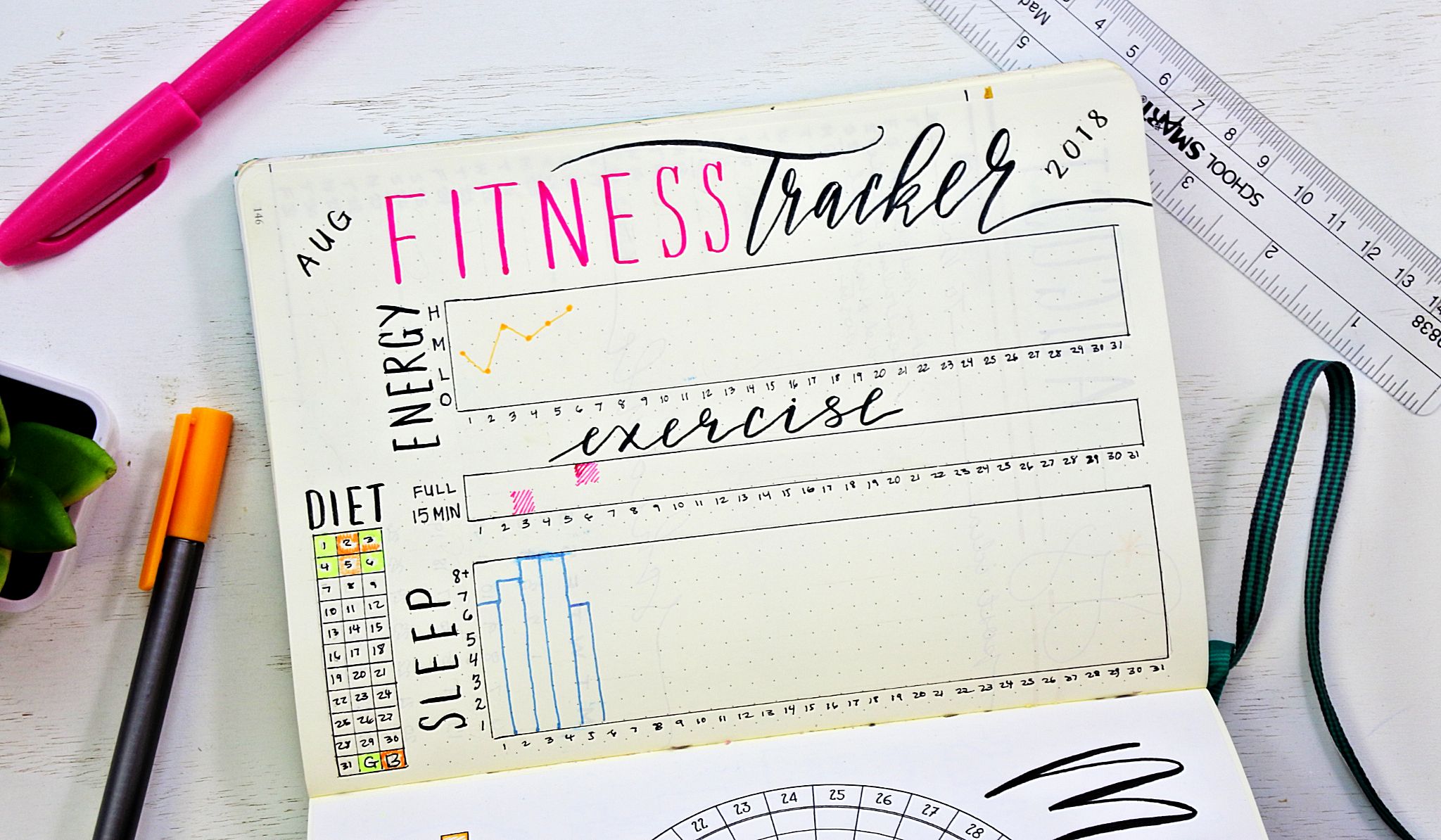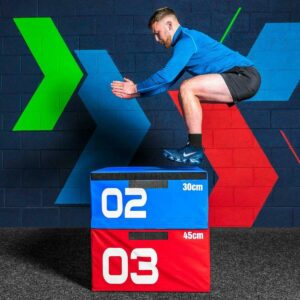Food And Fitness Journal- An Introduction
Tracking what you eat and your fitness routine can be a powerful way to stay accountable, assess progress, and make healthier choices. A food and fitness journal provides a structured space to record meals, exercises, goals, and reflections. In other words, the work is all done for you! With so many options available, choosing the right journal depends on what your intention is. So today, out of the kindness of my iron heart, I’ve gathered several key principles to consider in a food and fitness journal to help you make the best choice. Let’s dive in!
1. Goal Setting Features- A Food And Fitness Journal’s Purpose
First and foremost, a good food and fitness journal should start with a section for setting goals. I’m not talking about the spur of the moment New Years Resolution. Whether you’re focused on weight loss, building muscle, or simply improving your health, setting specific, measurable goals can help you consistently keep making progress. Look for journals that have designated sections to record short- and long-term goals. This can help you reach those little goals, that will eventually lead to that MASSIVE goal.

2. Tracking Frequency- Reliability
Different journals often track things with different respect to time. They can be daily, weekly, or monthly. I hope you’ve found nothing that’s annually. That’s a bit too much for the journal enthusiast. But I digress. If you want detailed, day-to-day logs, a daily format is, in my not so humble opinion, the best. For a more general overview, a weekly tracker might be the more preferred option.

3. Diet and Meal Planning Tools- Eating Stress-Free
Food tracking is a big part of maintaining a healthy lifestyle, and fortunately for food inhalers such as myself, many journals have specified sections for meal planning. Pro Tip: Look for options that include areas for logging calories, macros, or specific meal components (breakfast, lunch, dinner, and snacks). Logging all of these seemingly insignificant details stack up and allow for a more disciplined approach towards training.

4. Exercise Log- Staying Consistent
A fitness journal isn’t a fitness journal without space to record workouts. Some journals go beyond basic tracking, allowing you to log reps, sets, and even cardio metrics like time and intensity. Some journals barely have the room for recording notes in general. If you’re one of those people who internalize their goals rather than externalize it through writing, I commend you. Though, it does seem like a massive waste of paper. Regardless, it is essential to track fitness progress over time in some way, shape, or form.
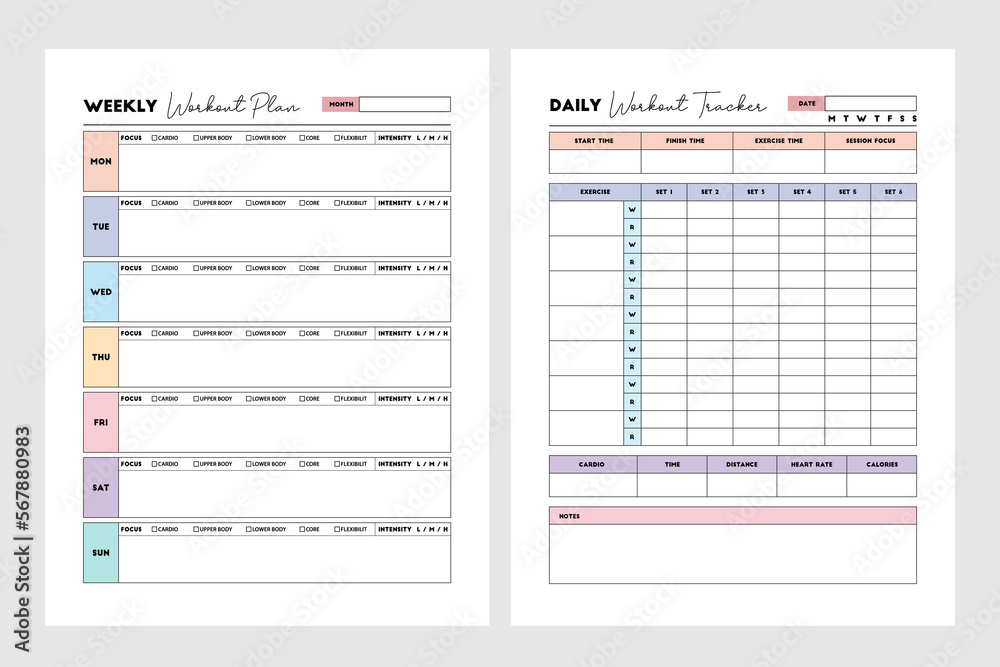
5. Habit and Mood Tracking- The Unknown Variable
Many people find it helpful to track habits like hydration, sleep, and mood, as these factors can significantly impact health goals. And I mean significantly. Look for journals that include habit tracking tools to help you understand the connections between your lifestyle and progress. This may seem like a step to browse over, but one day, it may mean all the difference between making a goal and having to delay that achievement.
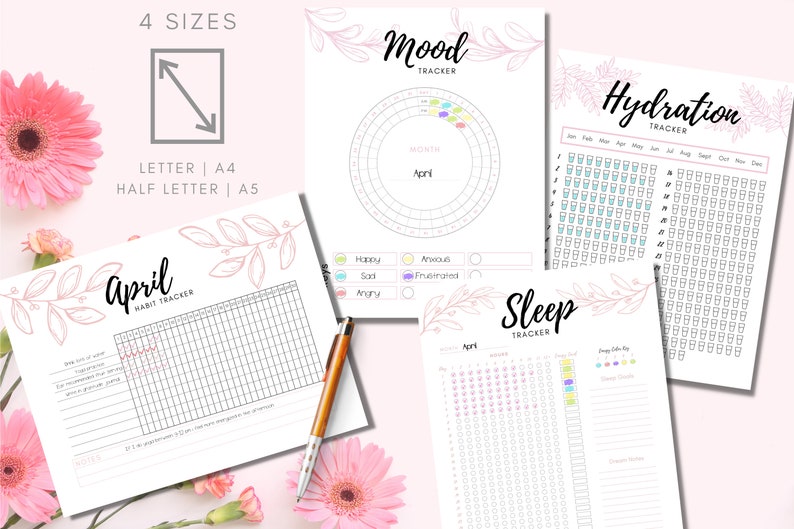
6. Customization and Flexibility- A Food and Fitness Journal Fundamental
Much like me, some people prefer to keep their journal highly personal. Fortunately, flexibility and customization options are seen throughout most journals. Look for journals that offer blank spaces for notes or sections you can adjust based on your needs.

7. Motivational Content and Prompts- A Food and Fitness Journal Staple
A little inspiration can go a long way, especially on tough days. We’ve all had that day where we just do not want to get up. Where everything seems to be working against us. Sometimes, we need that extra push out of bed. And I don’t mean falling out of bed. That’s too painful. Fortunately, journals are a great alternative, containing motivational quotes, prompts, or reminders to keep you focused and positive.

8. Design and Aesthetics- A Scrap Of Papers?
Design is more than just looks; it’s about usability too. But at the same time, it’s mostly looks. Consider journals with durable covers, clear fonts, and organized layouts. Journals come in all shapes and sizes, so choose one that fits your lifestyle, whether that means a portable option or a larger, desk-bound book. Regardless, it would seem that unfortunately, looks do indeed matter.
:max_bytes(150000):strip_icc()/beginner-bullet-journal-6-f701ae6e6cef4323a75ccaafdabe8ec5.jpg)
9. Ease of Use
If you’re anything like me, too many words being thrown at you from the first page may come in one ear and go out the other. Fortunately, the best food and fitness journals are intuitive and easy to use. Cluttered layouts or confusing sections can make it hard to stay consistent. User-friendly designs, with clear sections and easy-to-follow layouts, can help you make journaling a daily habit.
10. Progress and Reflection Sections- Is There Improvement?
Often times, we as individuals find that your goals and our means to reach those goals are in constant flux as time passes, whether that be due to family, life, work, or other obligations. For me in particular, it’s college. However, I’ve found that my regular reflections help me see where I’m succeeding and where adjustments are needed. Look for journals that offer progress check-ins and space to jot down what’s working, what’s not, and any adjustments you want to make.
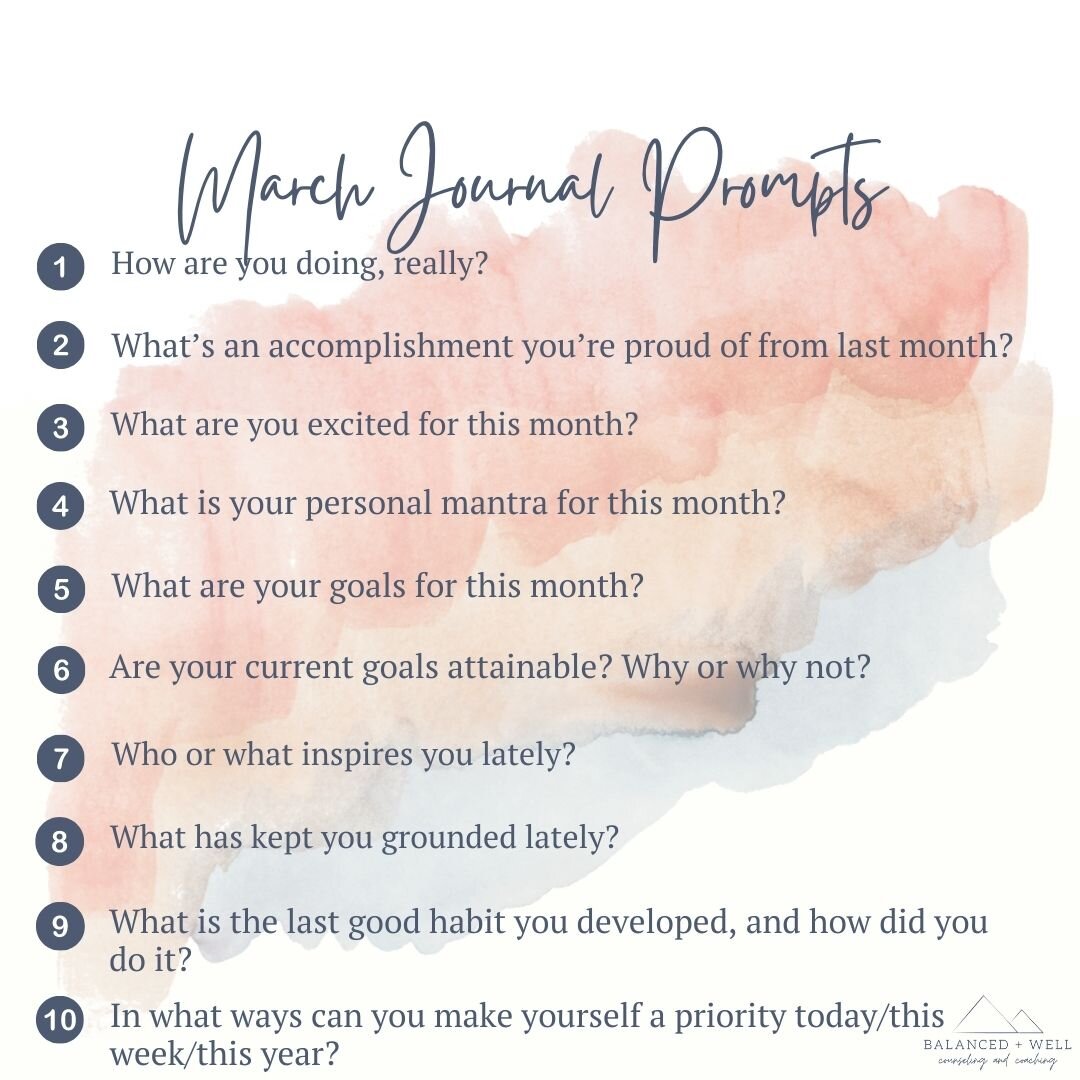
11. Affordability and Value for Money- The Cheapest Food And Fitness Journal
Food and fitness journals come in various price ranges. And yes, I’m sure there’s even some super cheap ones on Facebook Marketplace. If you’re willing to take that risk that is. Consider what you want most to ensure you’re getting good value. Some high-end options may include extras like durable binding and waterproof covers, while budget-friendly versions are just your typical, standard notebook.

12. Digital Companion or App Integration- Technology Meets Determination
For those who like to track on-the-go, some physical journals come with digital companions or app integration. This allows you to sync your entries, set reminders, or even integrate with fitness trackers. I hope to eventually create an app of similar merit on my own, where I can help inspire people like you and me to keep grinding that grind!

Specific Journal Examples
My iron heart is feeling extra generous today, so here’s some popular brands I would recommend as a food and fitness journal to consider:
- Fitbook by Fitlosophy – A compact, spiral-bound journal with dedicated sections for goal setting, food logging, exercise tracking, and progress reflection. Great for beginners who want structure.
- The Happy Planner Fitness Journal – Known for its colorful and customizable design, this planner includes sections for meal tracking, workouts, and weekly reflection. Perfect for those who value both functionality and aesthetics.
- Clever Fox Food Journal – A small, straightforward journal focusing on daily food and exercise tracking, with habit and mood tracking options. Ideal for those seeking a simple, no-frills option.
- HabitNest’s Fitness Journal – This journal offers prompts, progress sections, and habit tracking, combining motivation and flexibility for a balanced approach.
Food And Fitness Journal- A Conclusion
Choosing the right food and fitness journal comes down to your specific goals, preferences, and budget. By considering these 12 categories, I hope you can find a journal that’s both functional and motivating, helping you track and reach your health goals. Sometimes, you may have to go through more than one journal to find that chosen book. However, there’s no rush. Consistency is key, remember? Pick one that feels right for you and enjoy the journey toward a healthier lifestyle!

